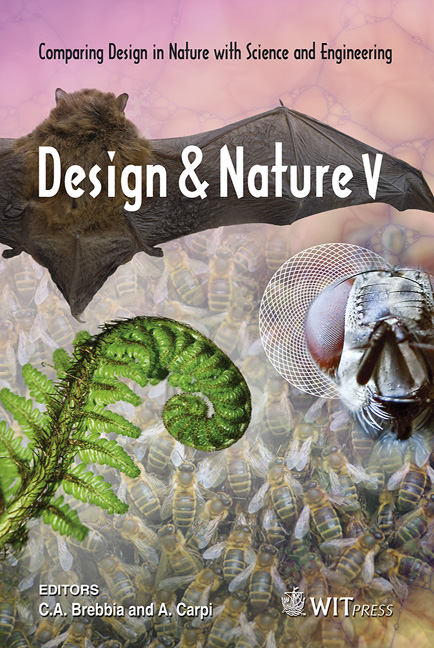Biological Lattices In Fast Self-repair Mechanisms In Plants And The Development Of Bio-inspired Self-healing Polymers
Price
Free (open access)
Transaction
Volume
138
Pages
7
Page Range
453 - 459
Published
2010
Size
3,107 kb
Paper DOI
10.2495/DN100401
Copyright
WIT Press
Author(s)
G. Bauer, A. Nellesen & T. Speck
Abstract
Polymers are often used in fields of application with high mechanical loads. Thereby, micro-cracks, which can exist in every component, may grow up to overcritical lengths. Thus, components may fail even far below the maximum critical load. Equipping these components with self-healing capabilities is a smart way of preventing them from failure, as healing the micro-cracks may inhibit or at least decelerate crack expansion. The ability of self-healing is common in many plant species. For example, the initial tensile strength of uninjured bark of Ficus benjamina is partly restored after injury by self-repair due to the secretion and coagulation of latex. Several tests such as infrared spectroscopy and analyses of the duration and pressure dependency of latex coagulation were conducted, as shown in a case study for F. benjamina. These tests will also be used in a standardized way for a comparison of the coagulation mechanisms of different latex-bearing plants. The biological self-healing mechanisms will serve as role models for a transfer into bio-inspired technical self-healing materials. Keywords: self-healing, polymers, biomimetics, Ficus benjamina, latex coagulation.
Keywords
self-healing, polymers, biomimetics, Ficus benjamina, latex coagulation





